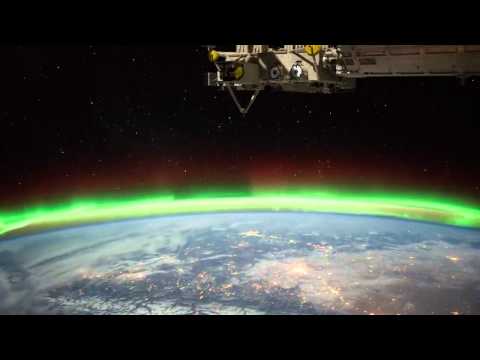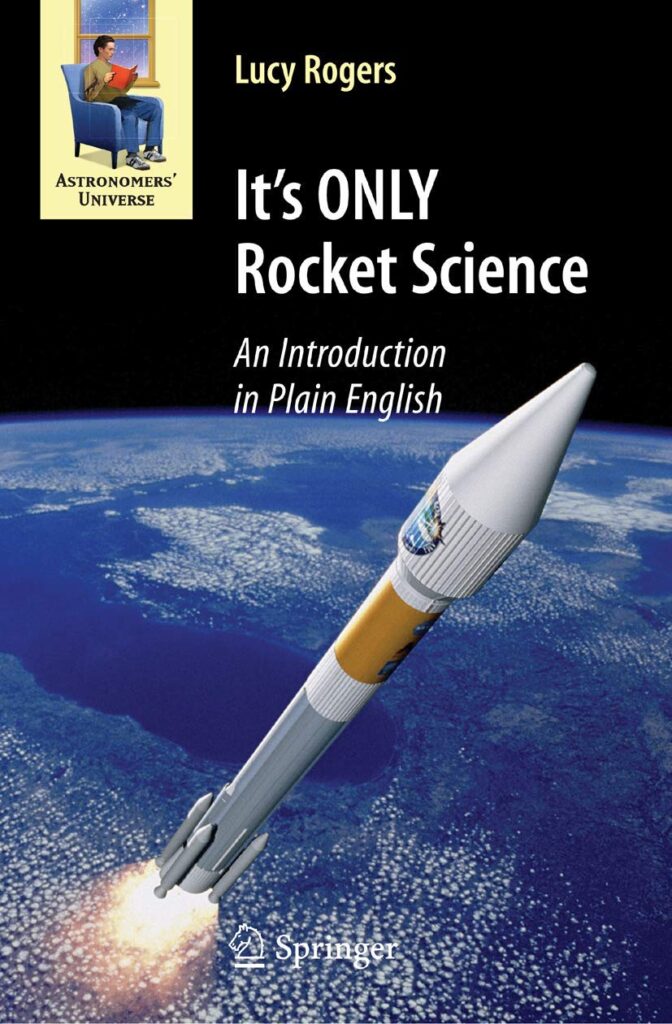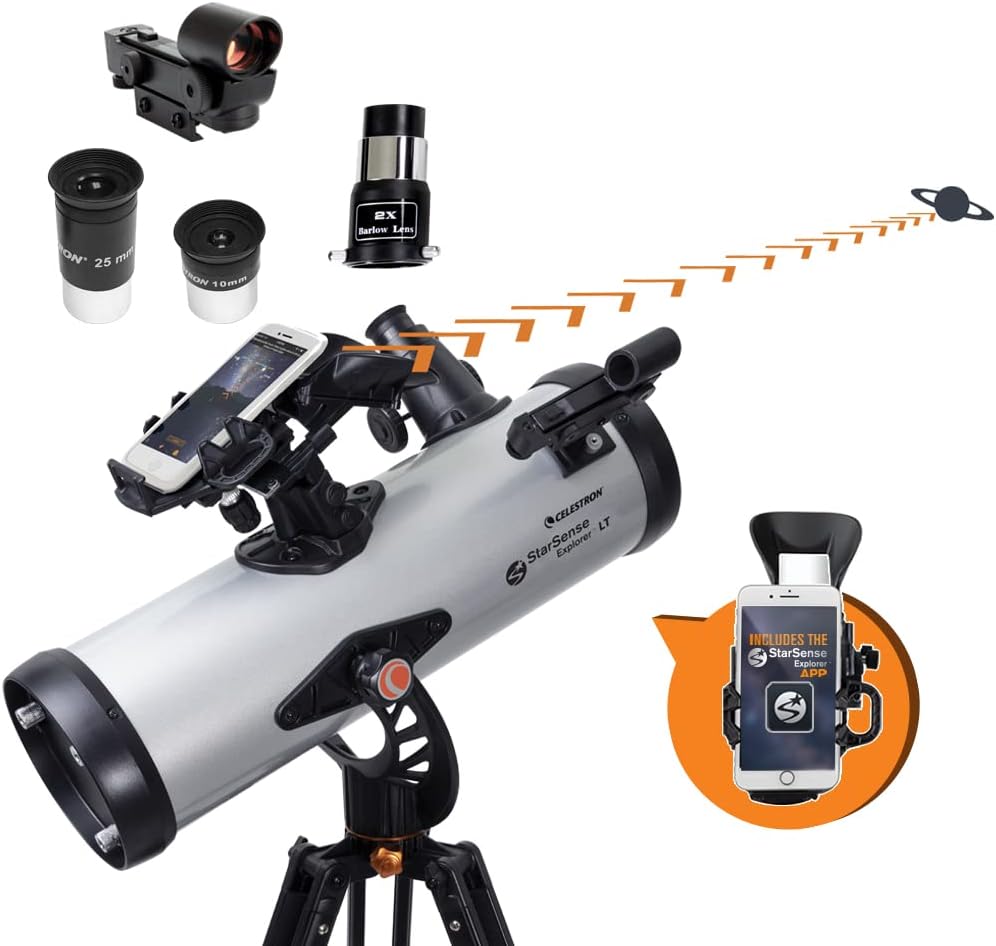The Double Asteroid Redirection Test (DART): Hitting an Asteroid Head On
DART is the Double Asteroid Redirection Test. The Earth is hit by Asteroids and pieces of asteroids all the time. Every year or so We get hit by things maybe the size of a table. The kind of object that DART is going to visit is an object That’s about the size of the Washington Monument Those kinds of objects hit us every few thousand years and they would cause severe damage to – on a regional scale We chose to do this demonstration at a binary asteroid. It’s called Didymos. This is actually approximately the shape of the main asteroid. It’s called Didymos A, and it’s moon; Didymos B. What DART will do is DART will hit the secondary. When it hits the moon it will change the orbit period. And when it changes the orbit period it affects the timing of when the moon moves in front of or behind the primary. Mostly what we’re looking to do is change the speed of the incoming object by maybe a centimeter per second or so. That’s not very fast But if you do it enough seconds in advance, you can cause it to miss the Earth entirely. DART is a part of a larger collaboration called AIDA which pulls in all the experts of the world who can help their governments predict and understand what it is that they can do and should do in the event that there was an incoming threat. The DART mission that APL is pulling together will be the first mission in that flight line DART is the first mission to fly the NEXT-C ion engine It is the first mission to demonstrate smart navigation, which means we’re going to be guiding ourselves into the asteroid autonomously. Right about four hours out from impact Smartnav is kicked in and what it does is it uses the imagery from the optical payload Basically the camera that’s on DART, and from the imagery we are able to discern Didymos A from Didymos B. We have a targeting algorithm that Differentiates the two and we are aiming for Didymos B. The other part of this is the propulsion system that we’re demonstrating. The NEXT-C propulsion system is utilizing a new generation of gridded ion propulsion technology, and it’s what we’re using to allow us to get to the asteroid but also allow us a flyby of an object prior to our actual encounter. For this vehicle to be able to supply the power for the electric propulsion engine We need a higher power output. ROSA allows us to be able to have a very compact and light mass for launch and then deploy these really large arrays once we’re out there in space. Our planetary launch window opens on June 15, 2021 and we will impact the asteroid in 2022. We’re very excited to be NASA’s first planetary defense mission.












